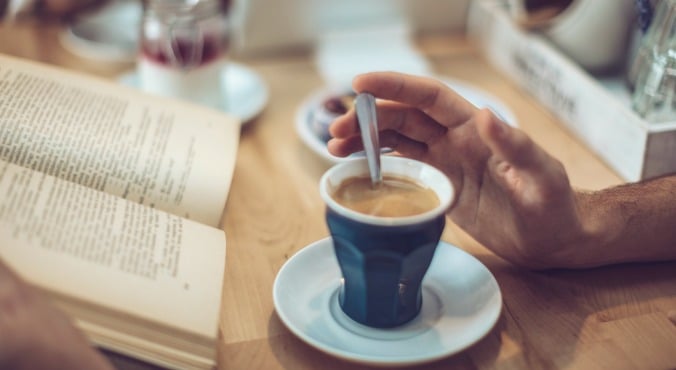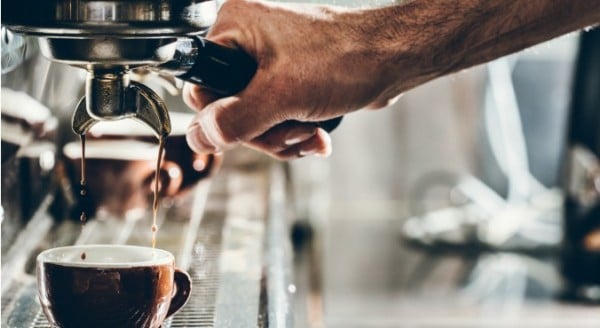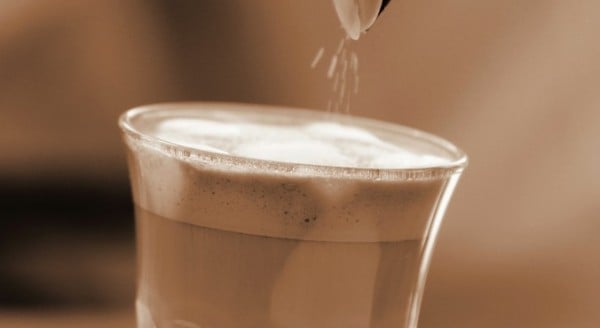
Image: iStock.
If you walk down the streets of Paris on any weekday morning, you will see sleek, perfectly coiffed Parisians clutching a briefcase or designer handbag and perhaps the newspaper.
If you walk down any Australian city street, you will see a very different picture; instead you will see hundreds of people holding, no make that clutching a takeaway coffee cup.
Now inside those containers there could be a skim capp, a chai latte or even a soy mocha, but what I see is calories, a lot of liquid calories that few of us really need.
Now, before your morning coffee-fuelled brain goes into a fury at the thought of the dietitian ruining the one indulgence that gets you through the office doors each day, yes it is true, there are some health benefits associated with drinking coffee.
Research repeatedly suggests a number of positive health benefits associated from a regular, controlled intake of coffee including lower blood pressure, reduced levels of blood fats, hey the caffeine may even promote fat burning but these benefits come from the coffee, not the 500ml of milk, sugar and syrup far too many of us add to our morning and mid-morning coffee ritual each day.
A constant stream of sugar that comes from the milk when you enjoy a large or jumbo sized coffee is not only a nightmare from a calorie perspective but studies have also shown that feeding the body with a constant stream of sugar, even if it is milk sugar can result in fat deposits in the liver even in as short a time period as 24 hours. This means that if you suck on milk based coffees for many hours each day, it is going to be very to control your weight and in particular lose it. (Coffee isn’t just the key to the successful morning, here are 14 other tips. Post continues after this video)































































































